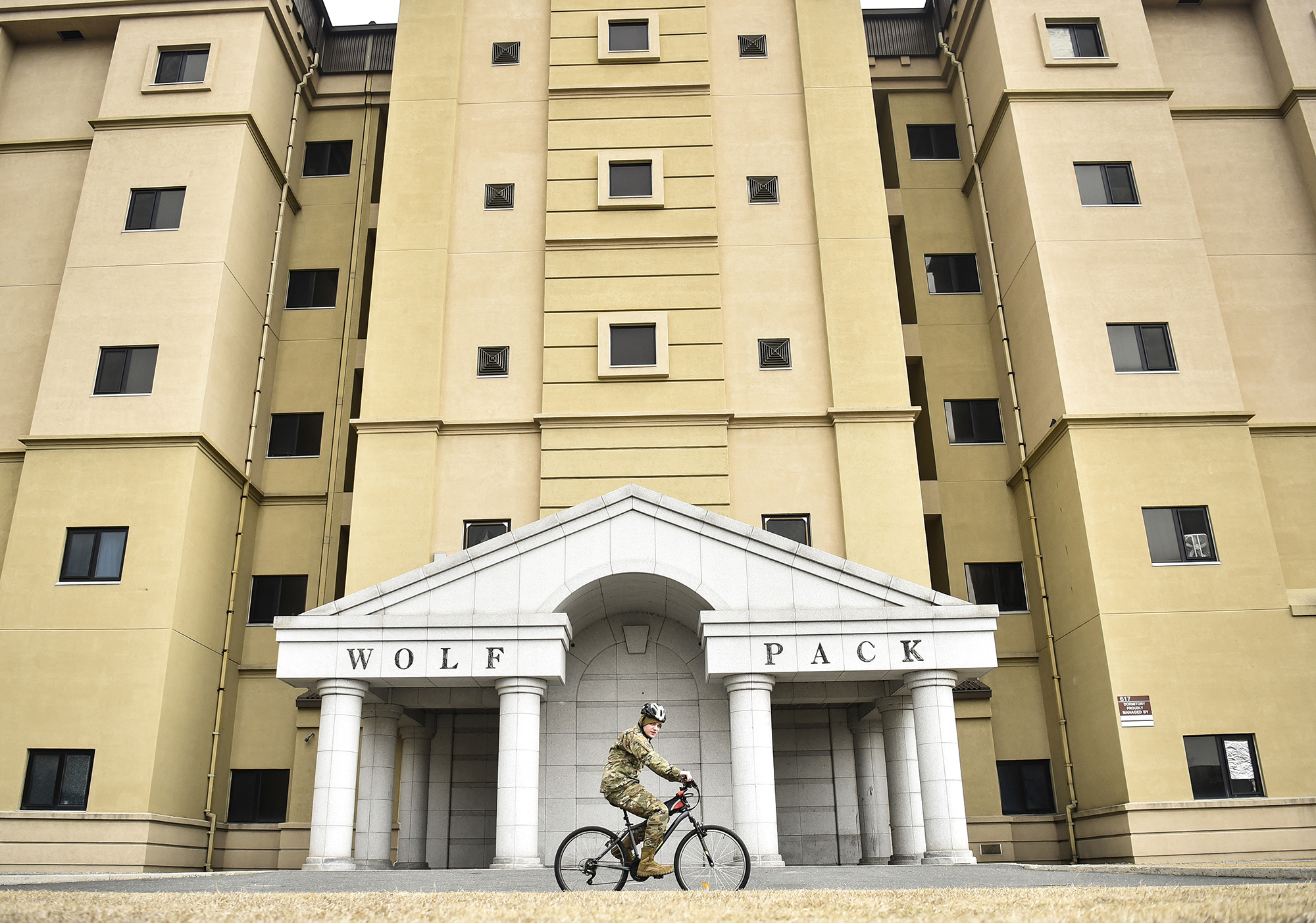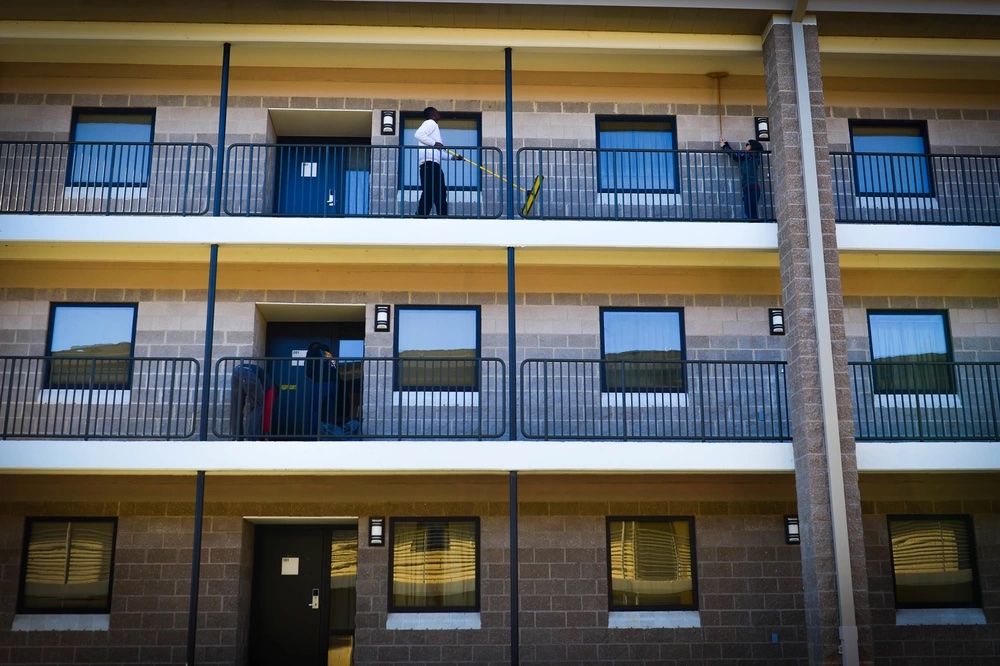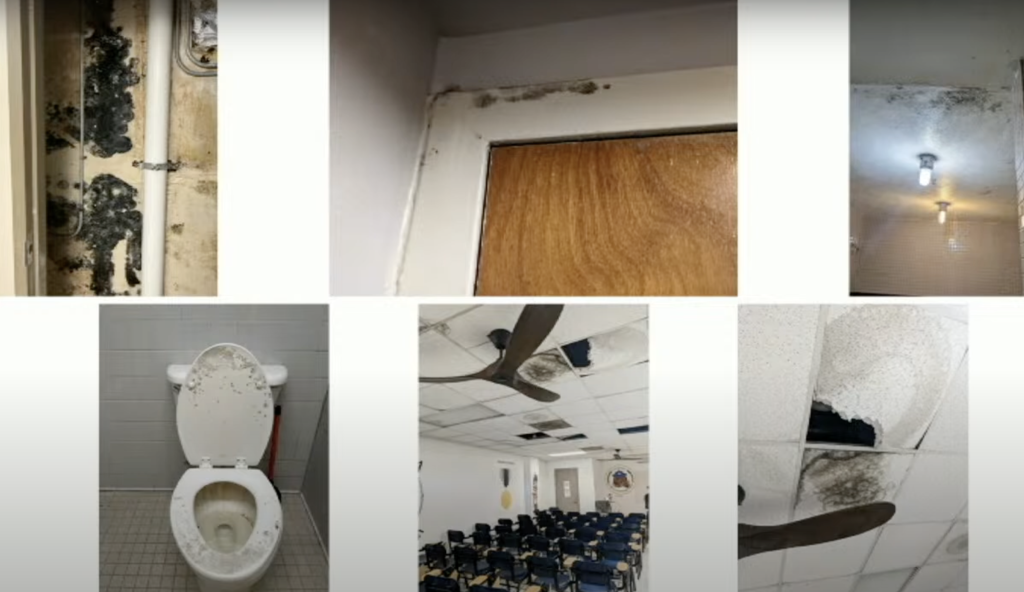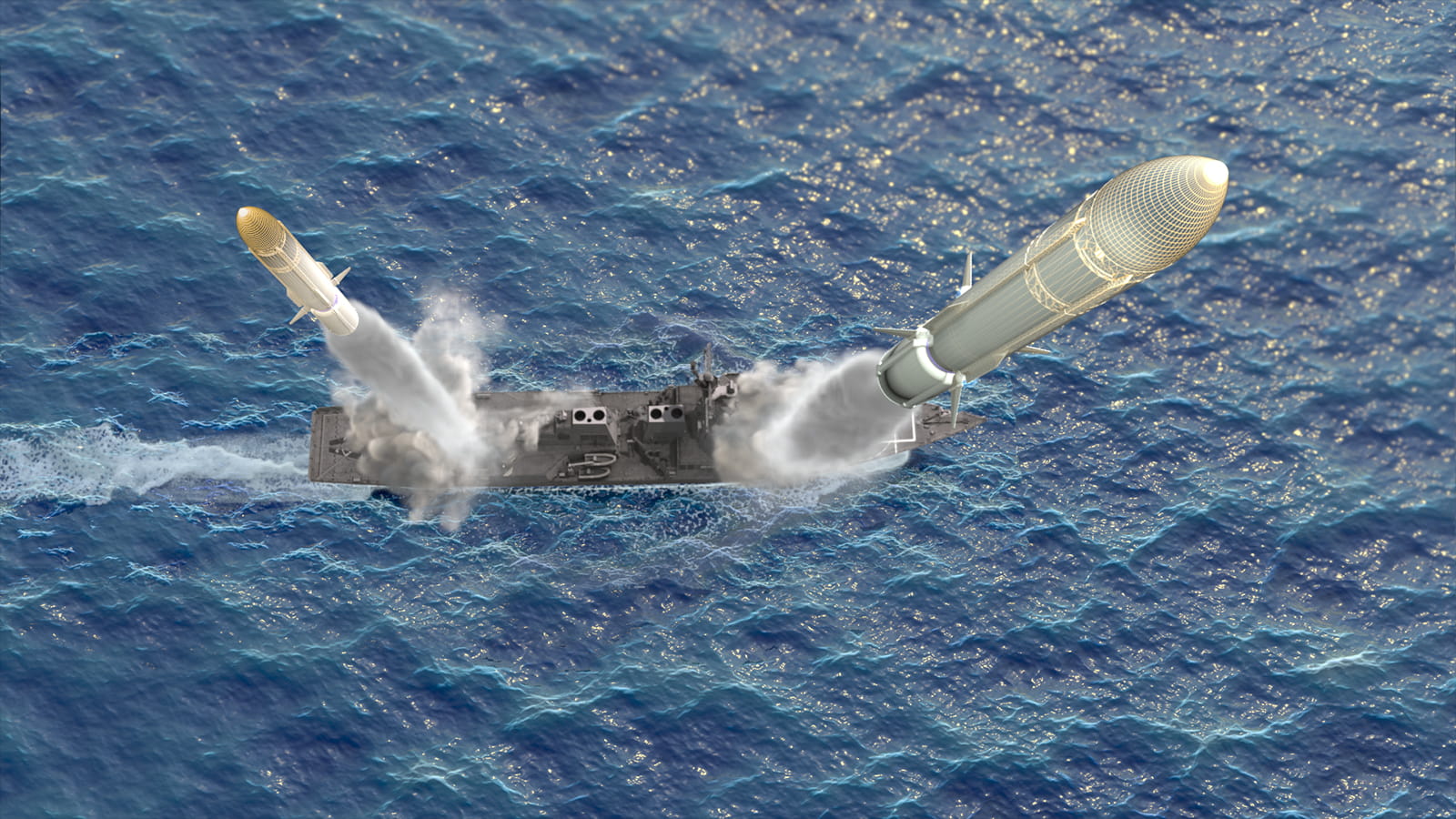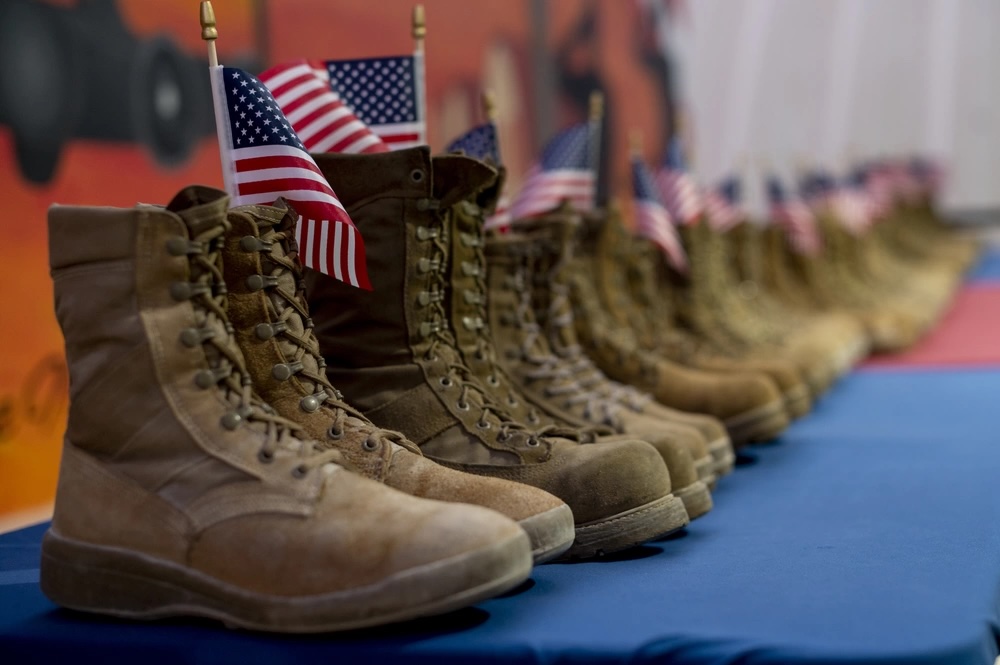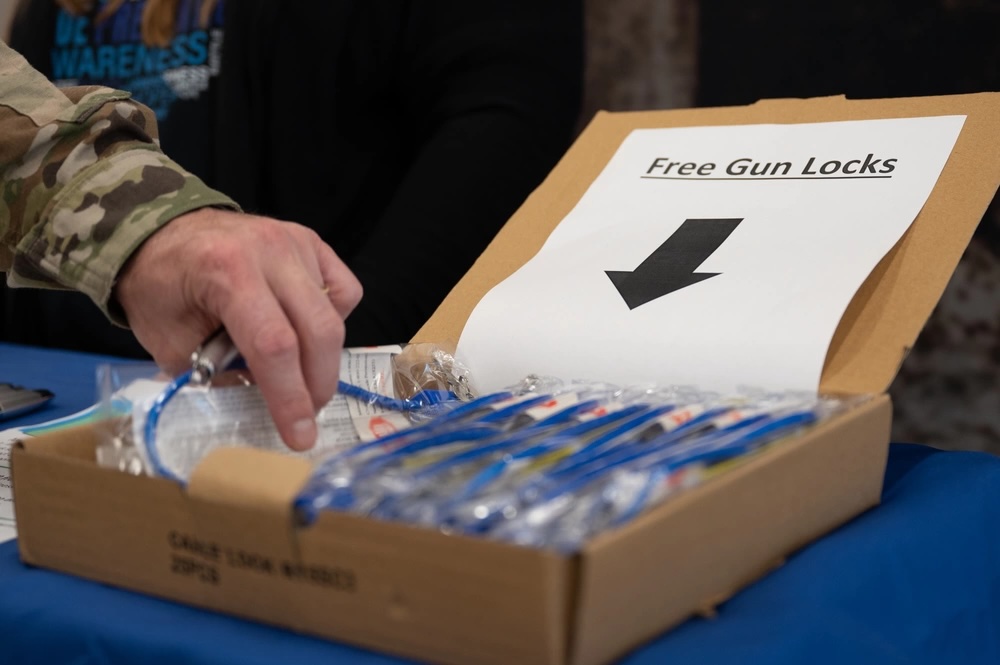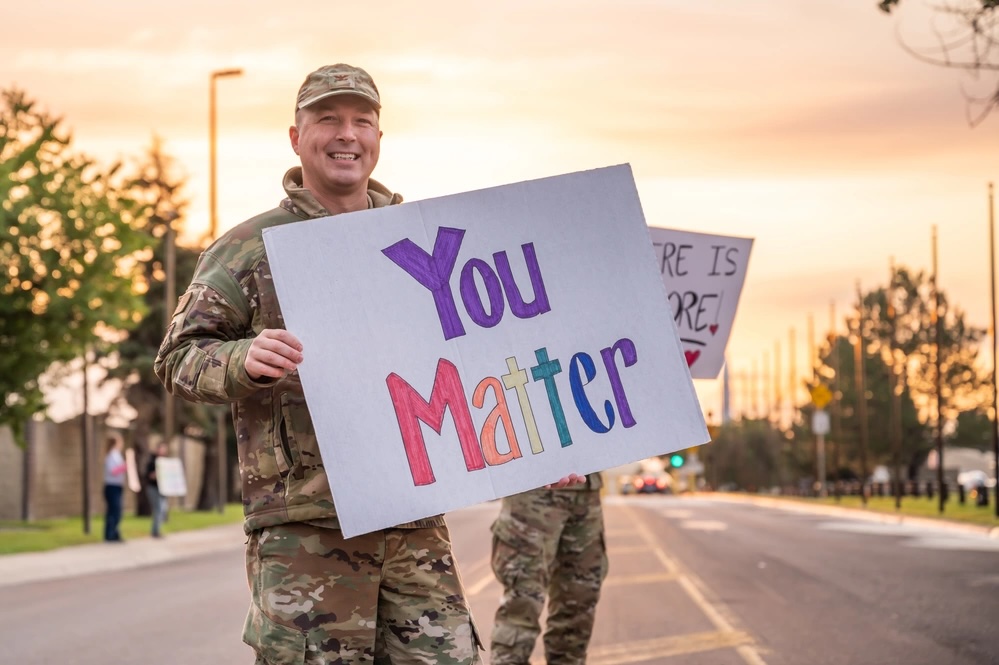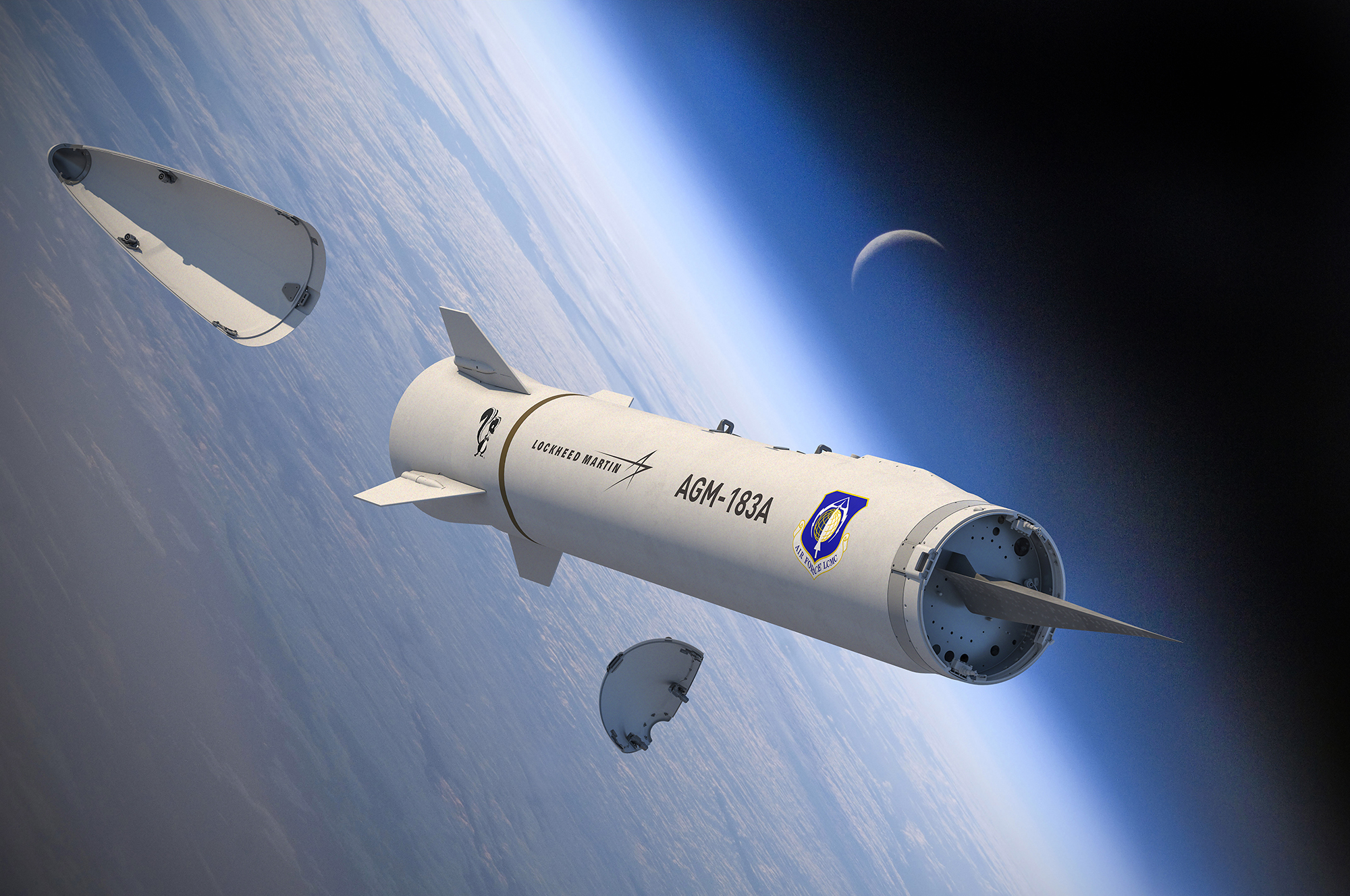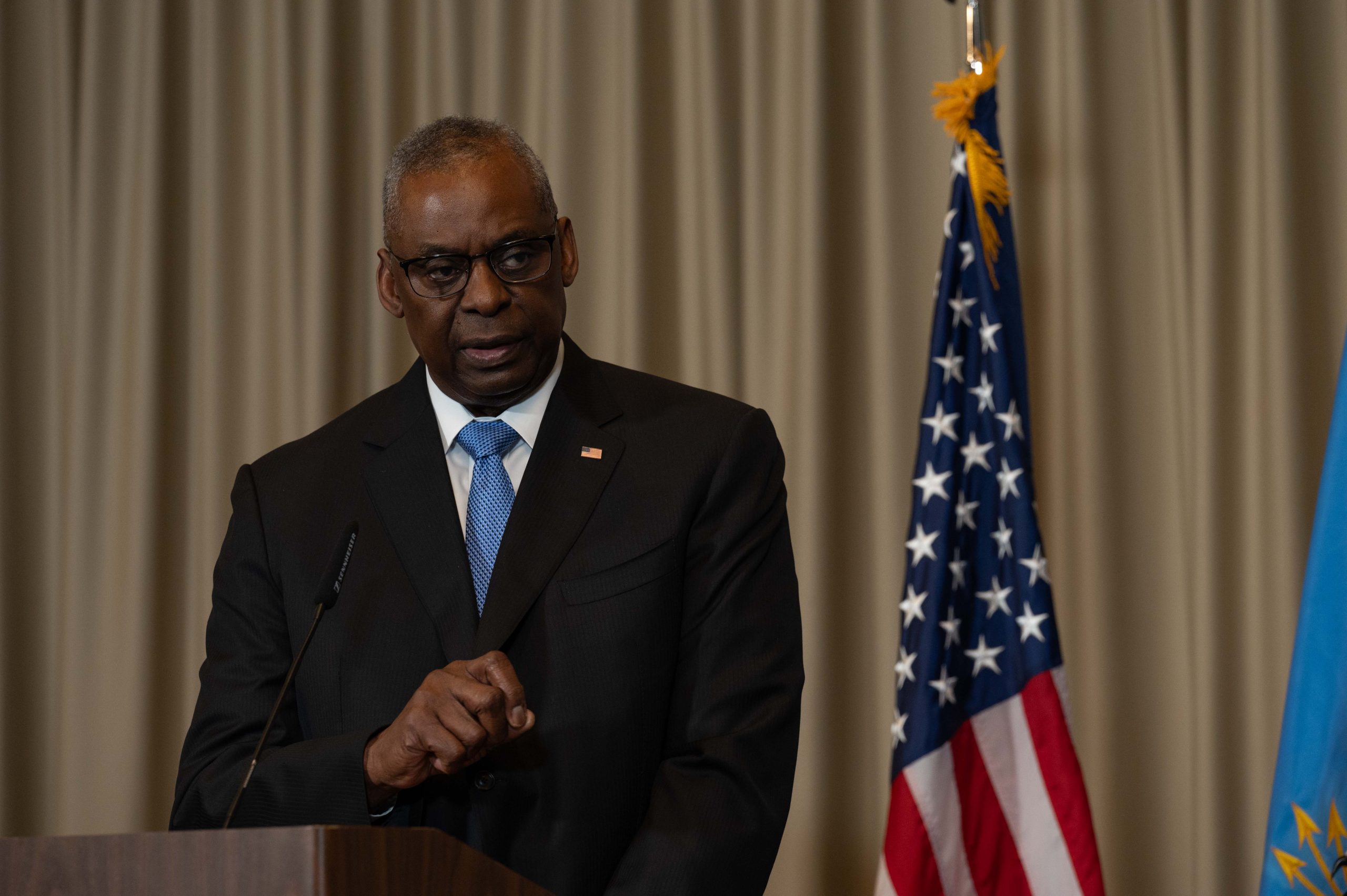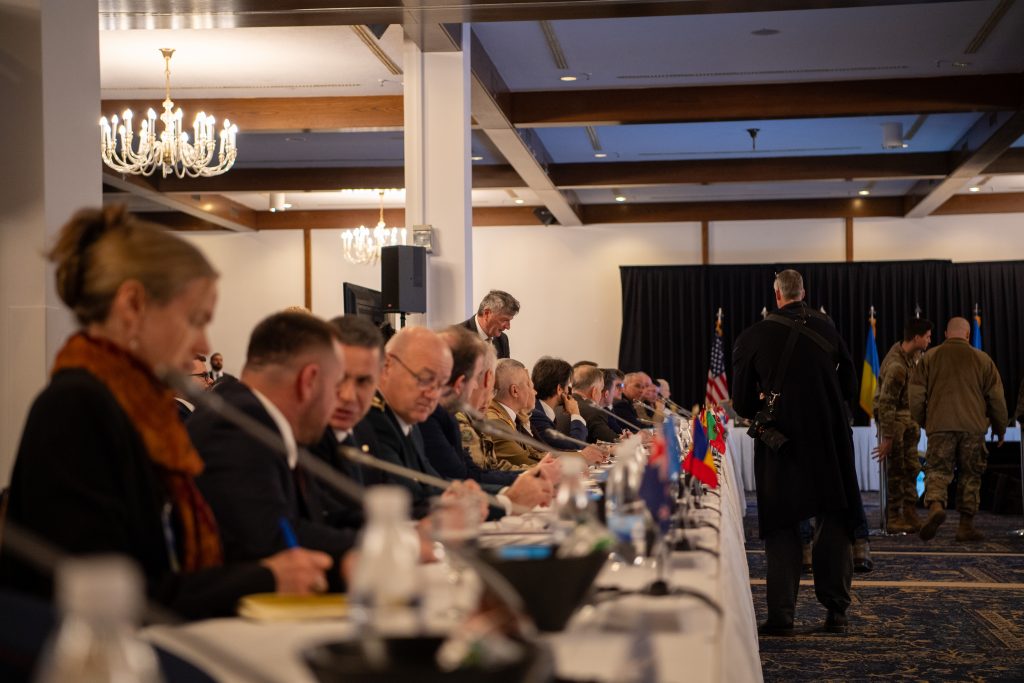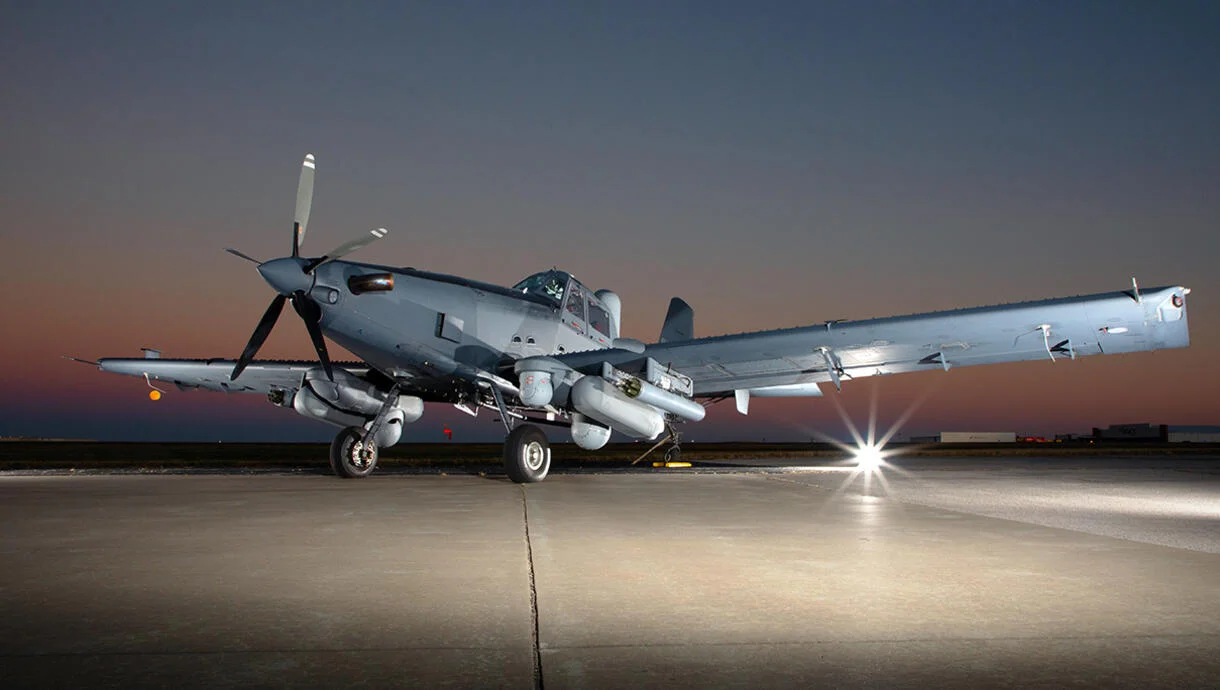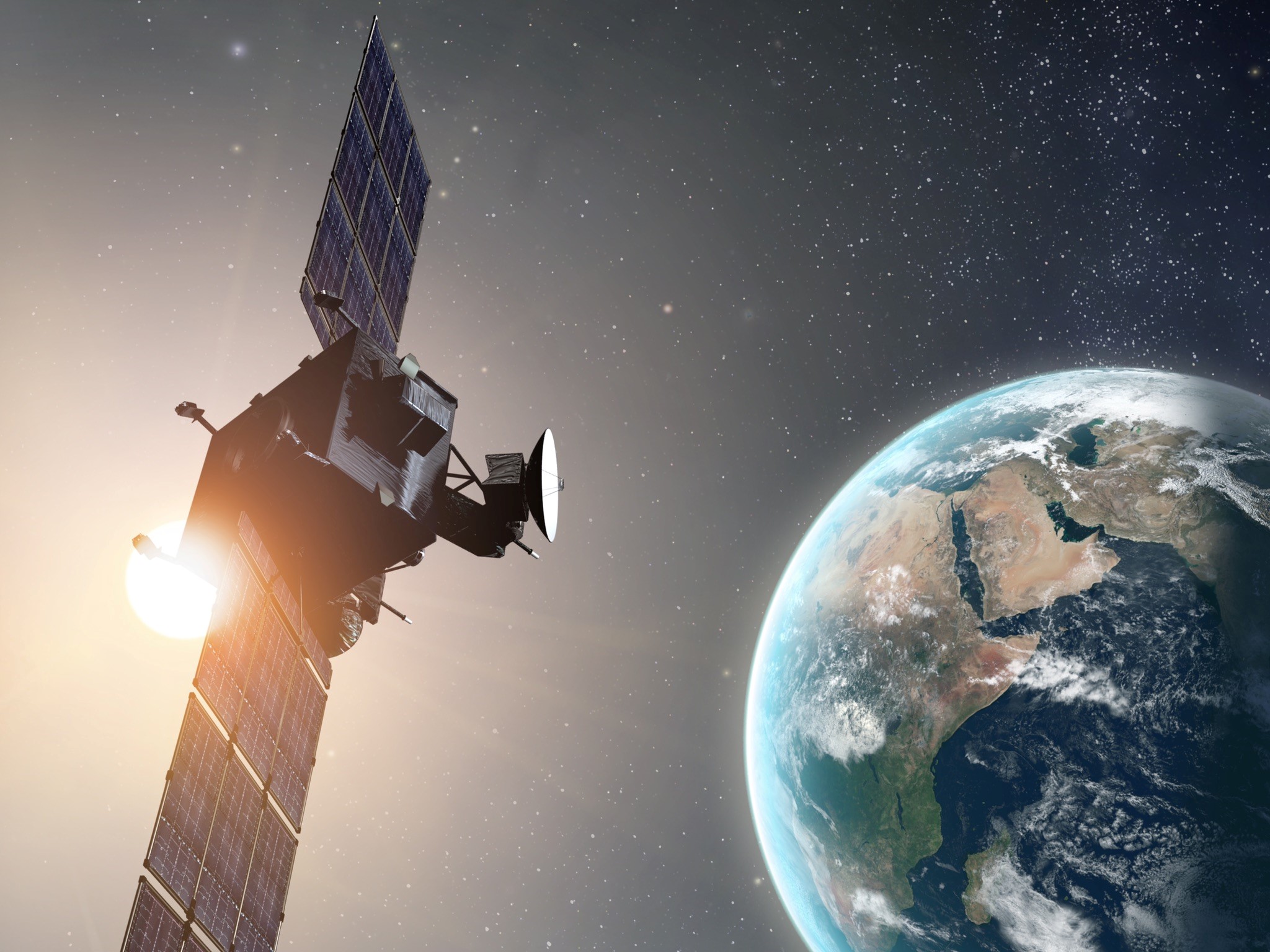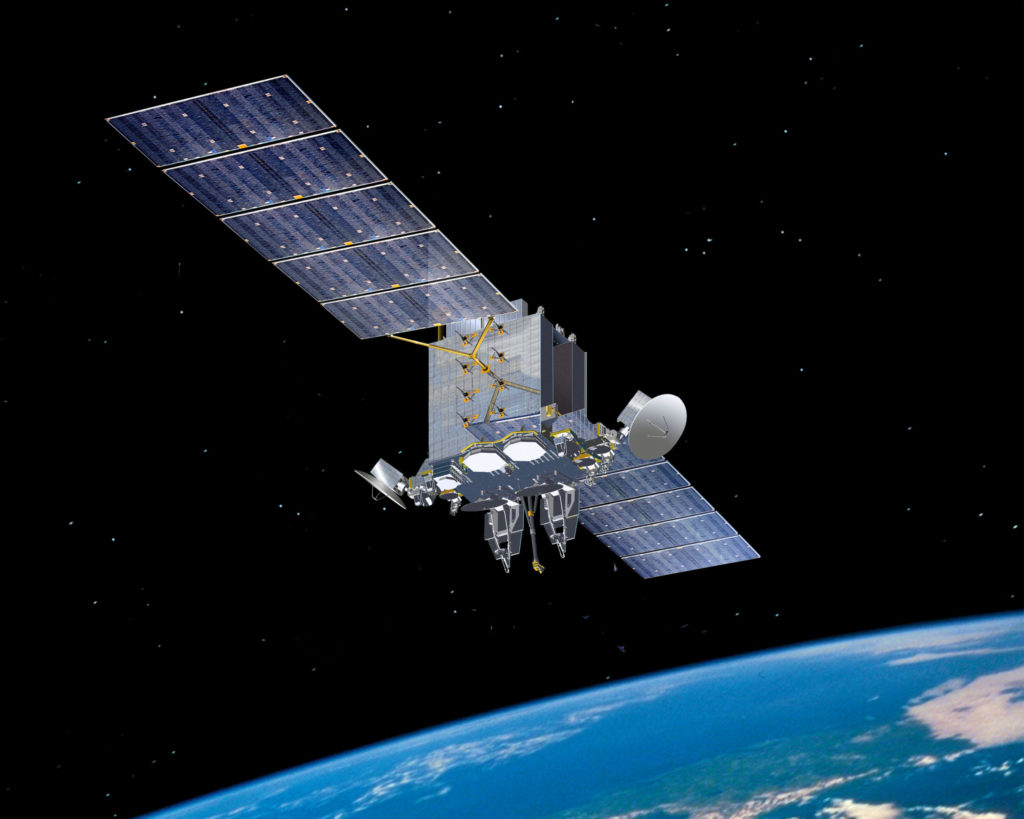The Space Force’s strategy for leveraging commercial space is coming “within the next month” and will include details on the service’s program for tapping into those capabilities during a conflict, Vice Chief of Space Operations Gen. Michael A. Guetlein said March 20.
Pentagon officials have been talking about the Commercial Space Strategy nearing completion for more than six months now. Speaking at a forum hosted by the Ronald Reagan Presidential Foundation and Institute, Guetlein offered a few details on how it will look.
“We’re going to release the commercial strategy here within the next month,” said Guetlein. “In that commercial strategy, we’re going to talk about the Commercial Augmented Space Reserve. That is all about building the partnerships during peacetime with our industry partners, that we’ve never done before, so that we can share data, talk about ideas, etc., so that I can guarantee your capability will be there during times of crisis or conflict.
“Those are transparent conversations that we need to have that we haven’t been having in the past,” he added. “So we are trying to go across the entire spectrum of discussions and organizations and processes to embrace as much of the commercial partnership as we can.”
The concept of CASR has been compared to the Air Force’s Civil Reserve Air Fleet, which draws planes from U.S. airlines to provide emergency airlift in times of crisis. The fleet was last activated during the noncombatant evacuation out of Afghanistan.
For the Space Force, however, leveraging commercial capabilities is a more pressing need.
“The threat is also coming in the near term, not in the far term. So that means I don’t have time to go off and build a lot of new capability,” said Guetlein. “If you look at the DOD way of the past, we would say we needed to build the capability and own the capability. … That’s all changing. I can’t build enough capability fast enough to get after the near-term threat.”
To address the issue, the Space Force is looking to create what it calls “hybrid architectures” of military, commercial, and allied satellites that all feed data into one system, Guetlein said.
“As we do that, we’re able to reach into industry and take advantage of their innovation,” he added.
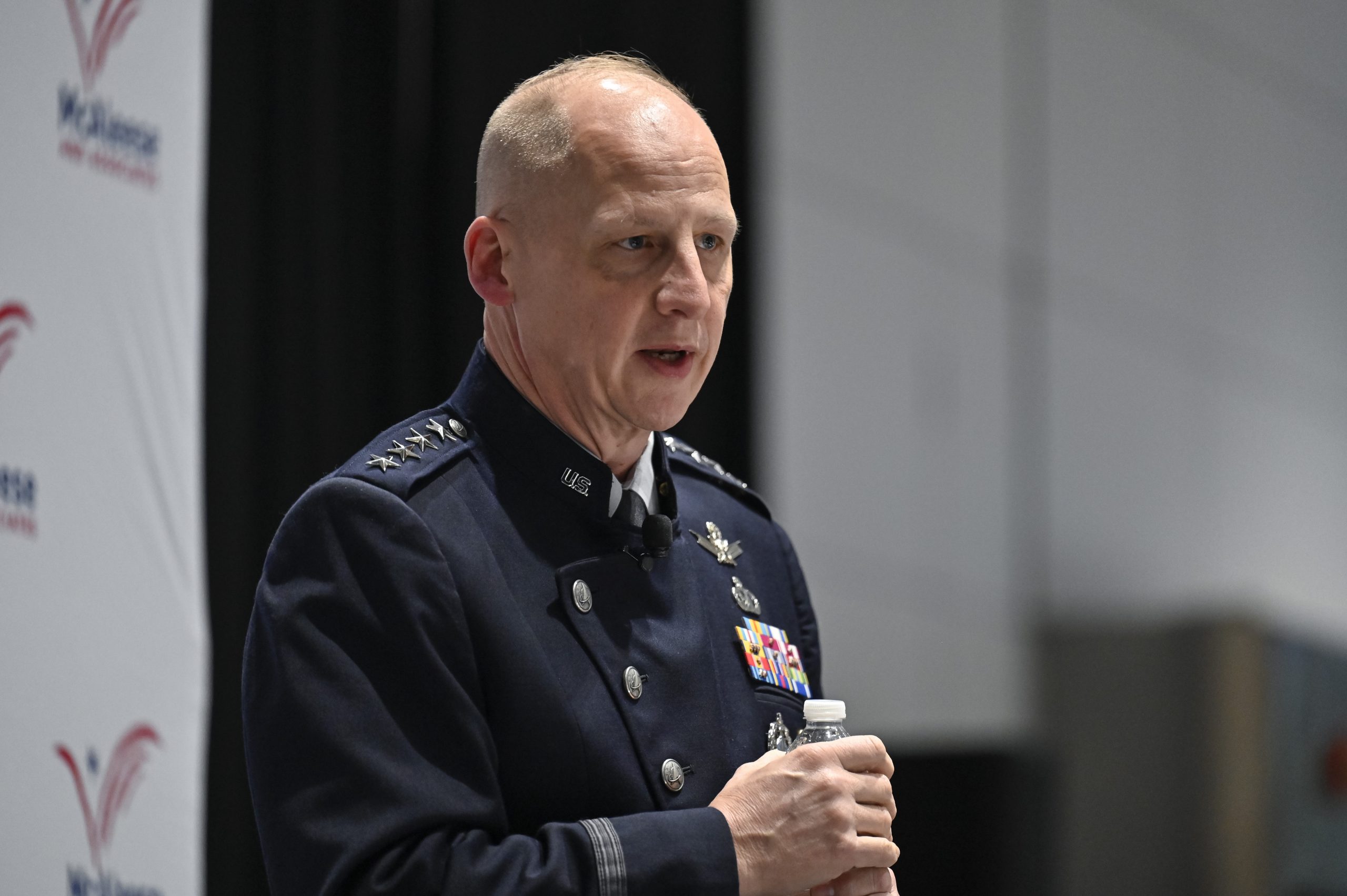
One such architecture is the Protected Tactical Enterprise Service, or PTES—a ground system that enables anti-jamming satellite communications for tactical users across all services and around the globe by using the Protected Tactical Waveform. In its 2025 budget, the Space Force wants to expand PTES to include commercial and allied satellites “to support filling critical tactical SATCOM gaps and improve overall theater warfighting SATCOM flexibility and resiliency,” according to budget documents.
The expansion effort is budgeted for $55.4 million in fiscal 2025 and $304.8 million through 2029 for demonstrations, experiments, and prototypes, with the goal of reaching initial operational capability by the end of fiscal 2026.
The Space Force also has an even bigger effort going called Commercial Satellite Communications, or COMSATCOM, which is slated to get $134.5 million in 2025 for experimenting and procuring services over wideband, narrowband, protected, and commercial communications bands.
Satellite communications may not be the only area where the Space Force turns to industry. National Reconnaissance Office director Christopher J. Scolese, speaking on the same panel as Guetlein, noted that his agency has started using commercial satellite imagery for geospatial intelligence (GEOINT) and using commercial satellite buses for its weather satellites.
“We can focus the exquisite systems on the thing that you need an exquisite system for. We can utilize the commercial systems to address many of the other issues that we have to go off and deal with,” he noted.
The Space Force and NRO are working closely on commercial integration, Guetlein and Scolese said, to include so-called “Reverse Industry Days” when the Space Force invites companies to learn about problems the service is working on and offer their own solutions, instead of detailing requirements.
“When we’re looking at what the future contracts might look like for commercial, the NRO is leading the way,” Guetlein said. “Their GEOINT contracts … we’re using that currently as our model of a way to get after having capacity during times of crisis and conflict.”

